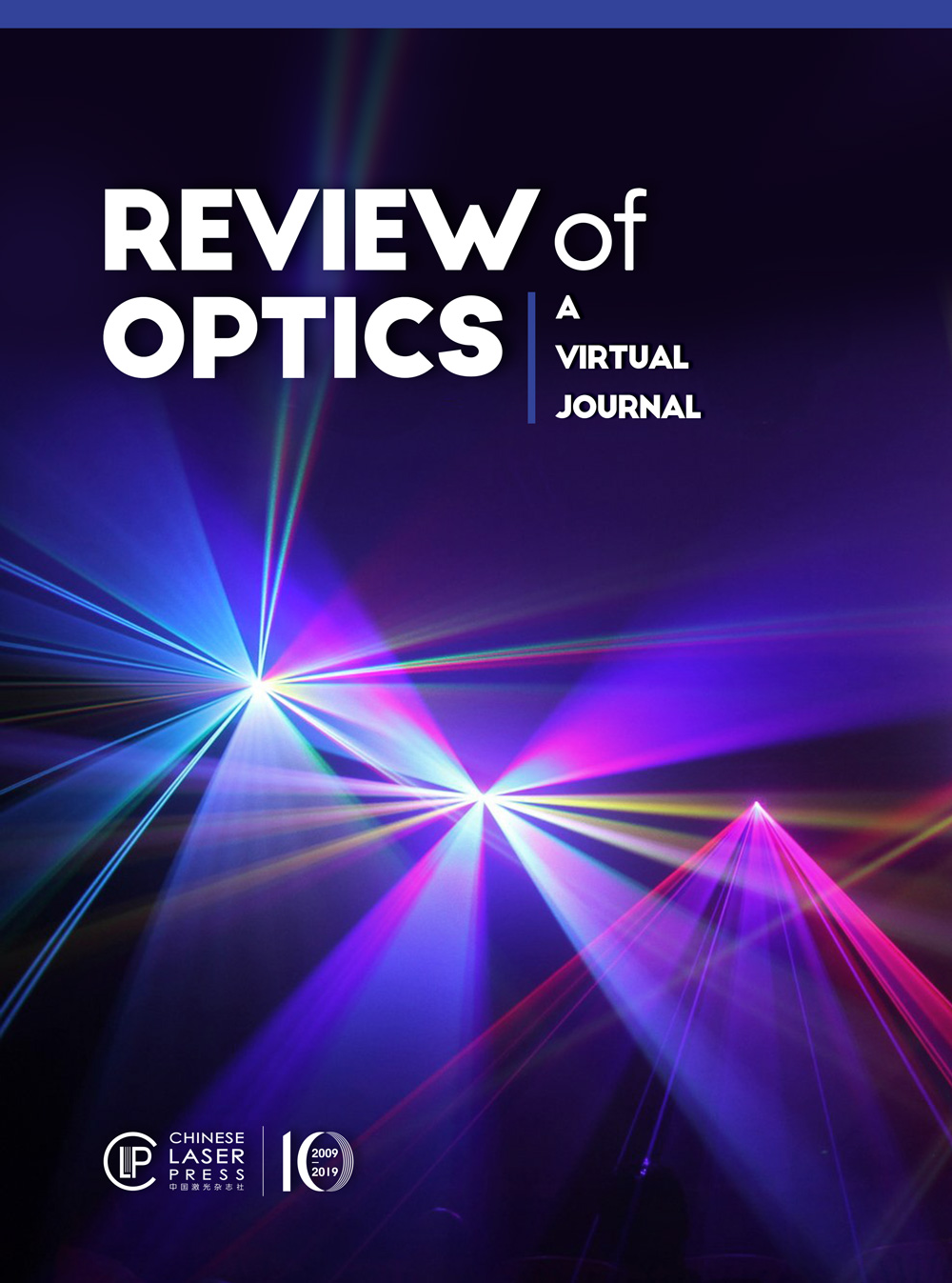Journals >Review of Optics: a virtual journal
- Publication Date: Aug. 03, 2022
- Vol. 1 Issue 1 R02 (2022)
Metamaterials and metasurfaces have inspired worldwide interest in the recent two decades due to their extraordinary performance in controlling material parameters and electromagnetic properties. However, most studies on metamaterials and metasurfaces are focused on manipulations of electromagnetic fields and waves, because of their analog natures. The concepts of digital coding and programmable metasurfaces proposed in 2014 have opened a new perspective to characterize and design metasurfaces in a digital way, and made it possible to control electromagnetic fields/waves and process digital information simultaneously, yielding the birth of a new direction of information metasurfaces. On the other hand, artificial intelligence (AI) has become more important in automatic designs of metasurfaces. In this review paper, we first show the intrinsic natures and advantages of information metasurfaces, including information operations, programmable and real-time control capabilities, and space–time-coding strategies. Then we introduce the recent advances in designing metasurfaces using AI technologies, and particularly discuss the close combinations of information metasurfaces and AI to generate intelligent metasurfaces. We present self-adaptively smart metasurfaces, AI-based intelligent imagers, microwave cameras, and programmable AI machines based on optical neural networks. Finally, we indicate the challenges, applications, and future directions of information and intelligent metasurfaces.
Metamaterials and metasurfaces have inspired worldwide interest in the recent two decades due to their extraordinary performance in controlling material parameters and electromagnetic properties. However, most studies on metamaterials and metasurfaces are focused on manipulations of electromagnetic fields and waves, because of their analog natures. The concepts of digital coding and programmable metasurfaces proposed in 2014 have opened a new perspective to characterize and design metasurfaces in a digital way, and made it possible to control electromagnetic fields/waves and process digital information simultaneously, yielding the birth of a new direction of information metasurfaces. On the other hand, artificial intelligence (AI) has become more important in automatic designs of metasurfaces. In this review paper, we first show the intrinsic natures and advantages of information metasurfaces, including information operations, programmable and real-time control capabilities, and space–time-coding strategies. Then we introduce the recent advances in designing metasurfaces using AI technologies, and particularly discuss the close combinations of information metasurfaces and AI to generate intelligent metasurfaces. We present self-adaptively smart metasurfaces, AI-based intelligent imagers, microwave cameras, and programmable AI machines based on optical neural networks. Finally, we indicate the challenges, applications, and future directions of information and intelligent metasurfaces.
.- Publication Date: Aug. 03, 2022
- Vol. 1 Issue 1 R01 (2022)
The quest for realizing novel fundamental physical effects and practical applications in ambient conditions has led to tremendous interest in microcavity exciton polaritons working in the strong coupling regime at room temperature. In the past few decades, a wide range of novel semiconductor systems supporting robust exciton polaritons have emerged, which has led to the realization of various fascinating phenomena and practical applications. This paper aims to review recent theoretical and experimental developments of exciton polaritons operating at room temperature, and includes a comprehensive theoretical background, descriptions of intriguing phenomena observed in various physical systems, as well as accounts of optoelectronic applications. Specifically, an in-depth review of physical systems achieving room temperature exciton polaritons will be presented, including the early development of ZnO and GaN microcavities and other emerging systems such as organics, halide perovskite semiconductors, carbon nanotubes, and transition metal dichalcogenides. Finally, a perspective of outlooking future developments will be elaborated.
The quest for realizing novel fundamental physical effects and practical applications in ambient conditions has led to tremendous interest in microcavity exciton polaritons working in the strong coupling regime at room temperature. In the past few decades, a wide range of novel semiconductor systems supporting robust exciton polaritons have emerged, which has led to the realization of various fascinating phenomena and practical applications. This paper aims to review recent theoretical and experimental developments of exciton polaritons operating at room temperature, and includes a comprehensive theoretical background, descriptions of intriguing phenomena observed in various physical systems, as well as accounts of optoelectronic applications. Specifically, an in-depth review of physical systems achieving room temperature exciton polaritons will be presented, including the early development of ZnO and GaN microcavities and other emerging systems such as organics, halide perovskite semiconductors, carbon nanotubes, and transition metal dichalcogenides. Finally, a perspective of outlooking future developments will be elaborated.
.- Publication Date: Aug. 03, 2022
- Vol. 1 Issue 1 R04 (2022)
- Publication Date: Jul. 06, 2022
- Vol. 4 Issue 4 044001 (2022)










